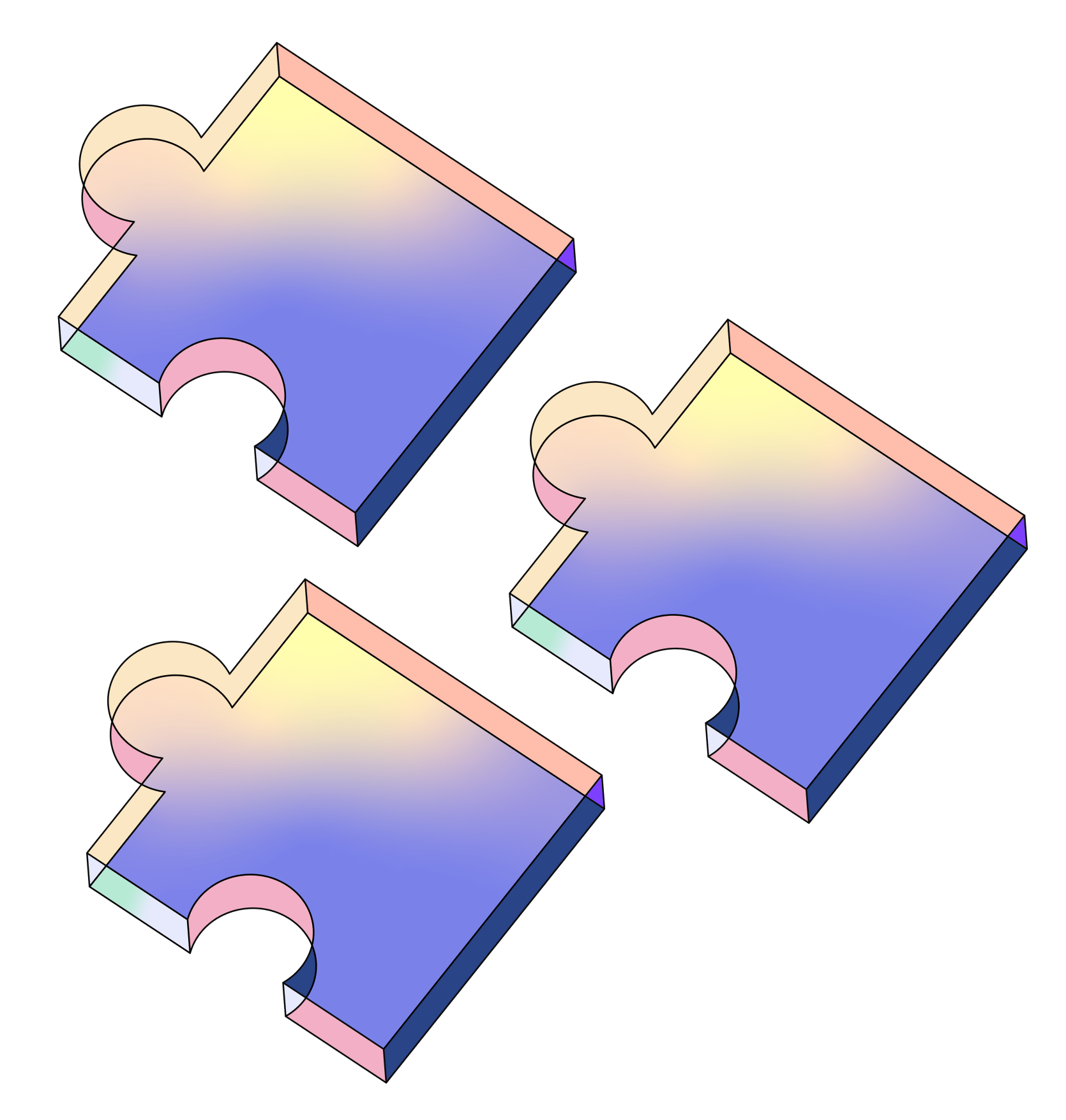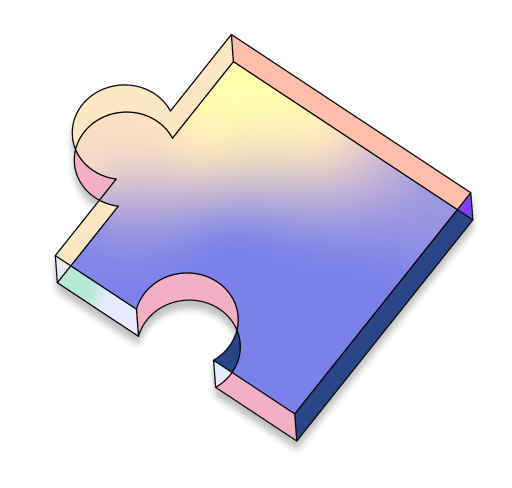Paramo
Paramo is an NFT marketplace that connects companies that want to offset their carbon emissions with regenerative carbon sequestering projects. We monitor each project and update NFT images along with photography taken by drones.
Project Description
Issue:
Only 2-10% of carbon credits are effective because they don't represent the actual offset they were supposed to do because traceability is hard to conduct and record.
What is Carbon offsetting? In simple terms, carbon offsetting is a mechanism used to compensate for corporate or individual carbon footprints through the purchase of carbon credits issued by accreditation standards to projects that remove GHG emissions from the atmosphere or avoid generating emissions in the first place. Each credit is equal to one tonne of CO2 that has not been emitted, often expressed as “tCO2e”. Once purchased, the credit is then retired through an internationally recognized and publicly-viewable registry.
Why Colombia:
Located in the Ecuatorial tropic with two mountain ranges that provide all soil levels that give life to different ecosystems, from the Caribean and Pacific beaches to Páramos and Nevados, here we find a magical location that looks like a hope lighthouse for air and nature regeneration. In Colombia, we found 50% of the total paramo areas of the world, which represent 3 million hectares, including the world's biggest paramo: Sumapaz.
Páramos are endemic ecosystems located in the northern part of the Andes mountains, found only in the high thermal soils of Colombia, Ecuador, Peru, Venezuela, and Costa Rica. They are strategic due to their floral and faunal diversity and because of the ecosystem services they provide, including carbon sequestration in the soil and water regulation that benefits 70% of all Colombian inhabitants (ICROA, 2022).
Solution: Paramo is an NFT marketplace that connects companies that want to offset their carbon emissions with regenerative carbon sequestering projects in Colombia. We monitor and update the status of the NFTs using drone photography of the ecosystems and collaborate with the Gold Standard Organization to certify the carbon credit offset globally. In addition, by issuing the governance token along with the performance of the project, we will motivate the project to fulfill its responsibility that trying to grow nature for offsetting perfectly.
Business model: We are the NFTs Market place. So, we will get revenue from a service fee when NFTs are sold. That NFTs is minted by a project that already receives the carbon credit certification from Gold Standard. After minted a project received a sale price to use the activity of planting and growing trees. In addition, depending on the progress of the project, we will issue governance tokens to the project as an incentive.
Tokenomics: We will issue a governance token called Sumapaz token which has the right to propose the project that wants to be public in Market place and vote to judge the project whether listed or not. In addition, Vote burn or not.
In order to maintain the value of governance tokens, we will take six tactics.
Issue: When funding from Venture Capital and the project’s performance is good (That will be judged by machine learning which is trained by a bunch of images along pictures of trees recorded by drone).
Max token supply: No limit.
Token allocation to Venture Capitals, we will vest governance tokens such as they can not sell governance tokens until passing a year. For every three months that pass, the amount sold increases by 20%.
Burn: We buy governance tokens to burn by the part of revenue.
Token allocation: try to allocate governance token VC: 25%, Parama: 25%, Projects: 25%, NGO: 25%
Staking: When an entity wants to vote, they need to stake some amount of governance token until finishing judgment. Additionally, on the platform, they can stake governance tokens to get some interest.
Operations: 1: The project received carbon credit certification from Gold Standard
2: Project apply the list to Parama on the marketplace
3: Governance tokens holder vote to let NFTs list or not
4: Mint carbon credit NFTs
5: List NFTs on the platform
6: Monitor and judge whether the project going well or not by drone and machine learning.
7: We issue governance tokens as an incentive
*Repeat 1 - 7
Road Maps
Q1 2023 -Develop auction page, Machine learning -Marketing activity
Q2 2023 -Community Building
- Partnership with NGOs, Projects, and Company
Q3 2023
- Develop & IEO Governance token
- List on DEX
Q4 2023
- List governance tokens on CEX
- Develop Staking
Q1 2024
- Expand to greater Latin America regions
Q2 2024
- Partnership with the Government
How it's Made
In this project, for the backend, we have used IPFS to host images and URI files to achieve true decentralization, and deployed to the polygon network for lower gas cost, since the nature of the project requires constant updates of our NFT’s URI. During the development phase, we used Remix IDE for rapid deployment and testing, also Openzeppelin’s pre-built library saved us a lot of time. React, Context API, Figma and Metamask played significant roles in the frontend part of the app because these technologies became so useful in building the app faster, more responsive, and readable code.

